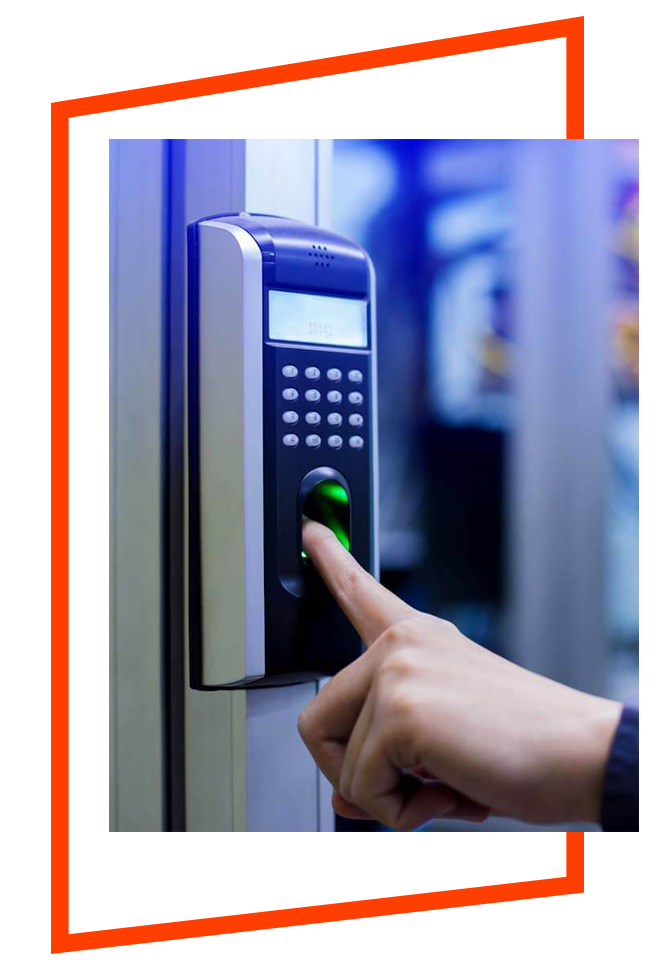

Specifically, study profiling of the latest video coding standards to fulfil sign language and lip-reading needs at very low bit rates and in error prone environments support for wide performance limits in production, perception and control of each medium in communication services to allow for maximum usability in accordance with the principles of universal design.clauses on accessibility issues in relevant Recommendations, declaring how inclusive design is achieved, as requested by ITU Plenipotentiary Conference Resolution 175 (rev.Study items to be considered include, but are not limited to: ITU-T Technical Paper FSTP-WebVRI – Guidelines on Web-based remote sign language interpretation (VRI).
 ITU‑T Technical Paper FSTP-TACL – Telecommunications Accessibility Checklist. ITU‑T Technical Paper FSTP-ACC-RemPart – Guidelines for supporting remote participation in meetings for all. ITU‑T Technical Paper FSTP-AM – Guidelines for Accessible Meetings. ITU-T F.922 – Requirements of information service system for visually impaired persons. ITU-T F.921 – Audio-based indoor and outdoor network navigation system for persons with vision impairment. ITU-T F.930 – Multimedia relay services. ITU‑T H.702 – Accessibility Profiles for IPTV Systems. ITU‑T F.791 – Accessibility Terms and Definitions. ITU‑T F.790 – Telecommunications accessibility guidelines for older persons and persons with disabilities. H-series Supplement 1 – Application profile – Sign language and lip‑reading real‑time conversation using low bit‑rate video communication. Includes definitions of the accessible conversational services, i.e., total conversation ITU‑T F.703 – Multimedia conversation service description. Annex L to ITU‑T H.324 for real time text conversation in low bit-rate multimedia applications. Annex G to ITU‑T H.323 for real time text conversation in H.323 packet multimedia environment. ITU‑T T.134 for real time text conversation in T.120 data conferencing environments.
ITU‑T Technical Paper FSTP-TACL – Telecommunications Accessibility Checklist. ITU‑T Technical Paper FSTP-ACC-RemPart – Guidelines for supporting remote participation in meetings for all. ITU‑T Technical Paper FSTP-AM – Guidelines for Accessible Meetings. ITU-T F.922 – Requirements of information service system for visually impaired persons. ITU-T F.921 – Audio-based indoor and outdoor network navigation system for persons with vision impairment. ITU-T F.930 – Multimedia relay services. ITU‑T H.702 – Accessibility Profiles for IPTV Systems. ITU‑T F.791 – Accessibility Terms and Definitions. ITU‑T F.790 – Telecommunications accessibility guidelines for older persons and persons with disabilities. H-series Supplement 1 – Application profile – Sign language and lip‑reading real‑time conversation using low bit‑rate video communication. Includes definitions of the accessible conversational services, i.e., total conversation ITU‑T F.703 – Multimedia conversation service description. Annex L to ITU‑T H.324 for real time text conversation in low bit-rate multimedia applications. Annex G to ITU‑T H.323 for real time text conversation in H.323 packet multimedia environment. ITU‑T T.134 for real time text conversation in T.120 data conferencing environments.  ITU‑T T.140 as the general presentation protocol for real time text conversation. ITU‑T V.18 for real time text telephony. The accessibility activities in Study Group 16 and its predecessors have created the following documents: Multimedia systems and services have great potential to provide valuable and accessible information in a way that the individual user can control, if care is taken from the beginning in universal design of these services and systems, making them accessible to as many users as possible. Legislation in many countries is also beginning to follow the trend of requiring universal design, as defined by the United Nations Convention on the Rights of Persons with Disabilities (UNCRPD), in all forms of communication services and devices, as well as Sustainable Development Goals (SDGs). It is important to meet this wide variety in capabilities in the original design of telecommunication services and systems, so that an increasing number of users can make use of the mainstream telecommunication services. With the ageing populations in large parts of the world, many users will have sensory and motor limitations. The variation may come from age-related functional limitations, disabilities, or other natural causes. The capability to handle different information media and control actions varies within wide boundaries amongst users of telecommunication and multimedia services. Accessibility to multimedia systems and services
ITU‑T T.140 as the general presentation protocol for real time text conversation. ITU‑T V.18 for real time text telephony. The accessibility activities in Study Group 16 and its predecessors have created the following documents: Multimedia systems and services have great potential to provide valuable and accessible information in a way that the individual user can control, if care is taken from the beginning in universal design of these services and systems, making them accessible to as many users as possible. Legislation in many countries is also beginning to follow the trend of requiring universal design, as defined by the United Nations Convention on the Rights of Persons with Disabilities (UNCRPD), in all forms of communication services and devices, as well as Sustainable Development Goals (SDGs). It is important to meet this wide variety in capabilities in the original design of telecommunication services and systems, so that an increasing number of users can make use of the mainstream telecommunication services. With the ageing populations in large parts of the world, many users will have sensory and motor limitations. The variation may come from age-related functional limitations, disabilities, or other natural causes. The capability to handle different information media and control actions varies within wide boundaries amongst users of telecommunication and multimedia services. Accessibility to multimedia systems and services







 0 kommentar(er)
0 kommentar(er)
